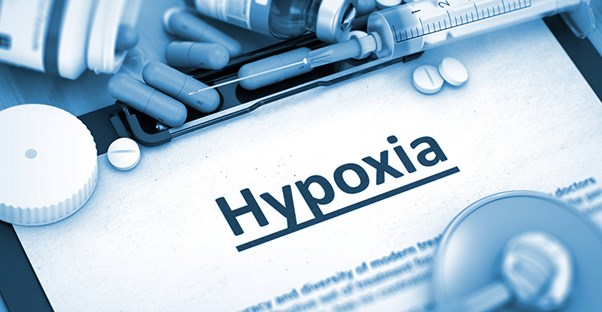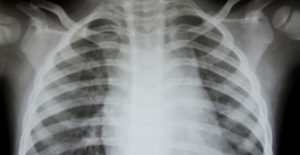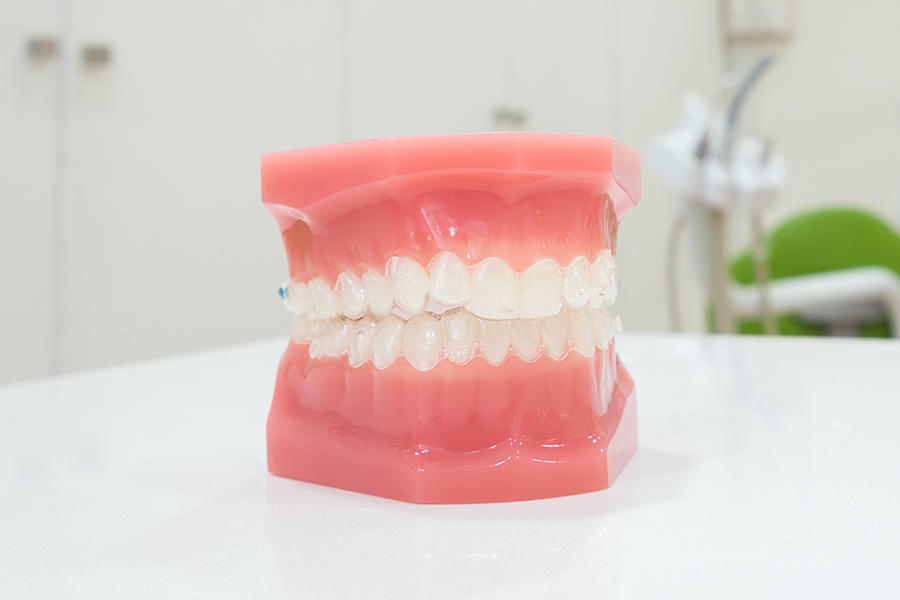Hypoxia vs. Hypoxemia

Hypoxia and hypoxemia are both medical conditions that result in a decrease in oxygen supply. They are often associated with one another, but they’re different conditions. Here’s a look at the differences between the two.
Hypoxia
Hypoxia occurs when tissues and organs start to experience a lack of oxygen resulting in medical problems. Complications from oxygen deprivation can include cell death that results in tissue necrosis, which is the death of tissues caused by a lack of sufficient oxygen. Cerebral hypoxia can also occur which develops in the brain when brain cells begin to experience a loss of function due to limited oxygen.
It’s possible for hypoxia and hypoxemia to occur at the same time when the low blood oxygen level leads to the development of hypoxia in the tissues. Hypoxia can also sometimes lead to hypoxemia. For example, environmental hypoxia, which occurs when there’s low or absent oxygen in the environment from high altitudes or drowning, can cause hypoxemia.
Hypoxemia
Hypoxemia is a condition where there are low levels of dissolved oxygen in the blood. This may cause hypoxia to develop, or reduced oxygen supplies to different organs and tissues. Some causes of hypoxemia can include a slowed respiratory rate, fluid in the lungs, or lung disease. The decreased oxygen supply starts to cause complications over time.
Both hypoxia and hypoxemia are considered very dangerous because the body’s tissues cannot function without oxygen. The most severe situation is when hypoxemia causes cerebral hypoxia because which can quickly result in brain damage or death.
Hypoxemia is diagnosed by a doctor who will perform a test to evaluate the amount of dissolved oxygen that’s present in your body. If the oxygen saturation level is under 90%, you have hypoxemia and this means that for some reason, there’s not a sufficient amount of oxygen getting into your blood.
Treatment
Treatment options for hypoxia and hypoxemia are similar—the primary goal for treating both conditions is to get more oxygen into the affected individual. The individual being treated may need to wear an oxygen mask or intubation if breathing is difficult, or the doctor can prescribe an increased oxygen mixture, rather than normal air in order to increase the amount of oxygen supplied to the lungs. This facilitates gas exchanges and also increases blood oxygen levels.
If the individual’s tissues continue to develop hypoxia after initial oxygen treatment, the doctor will run more tests to evaluate lung function and look for complications such as obstructions that might be blocking blood flow and making it difficult for an area of the body to receive the blood supply.
When it’s possible to see tissues dying because of lack of nutrients with both hypoxia and hypoxemia, the general flow of blood isn’t functioning as well as it should be and cells aren’t receiving the sufficient compounds they need in order to function. This can be treated by raising blood pressure or increasing blood flow.








